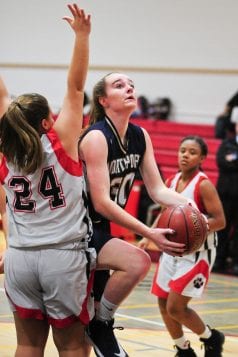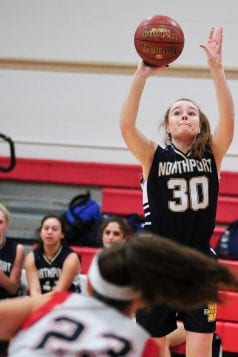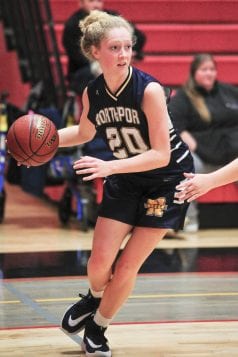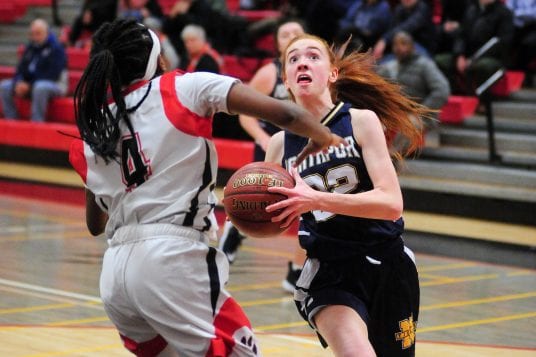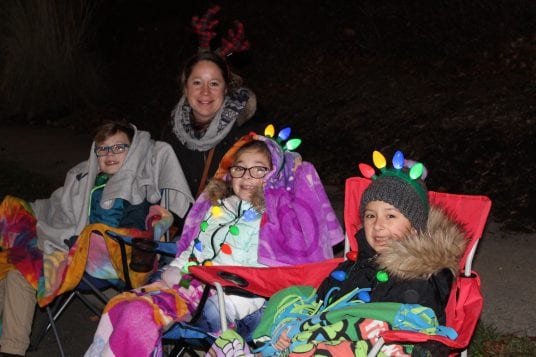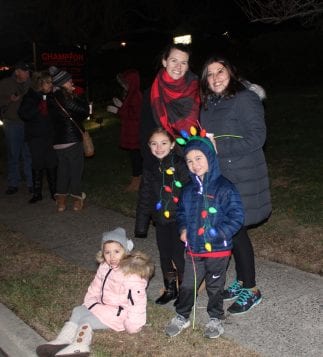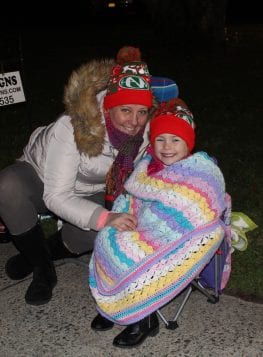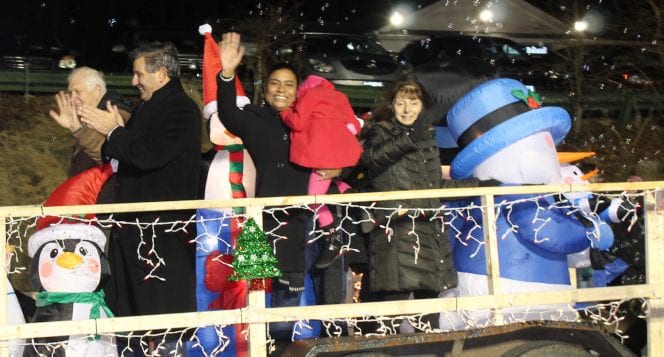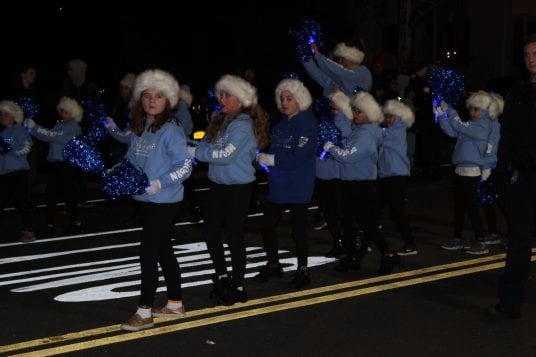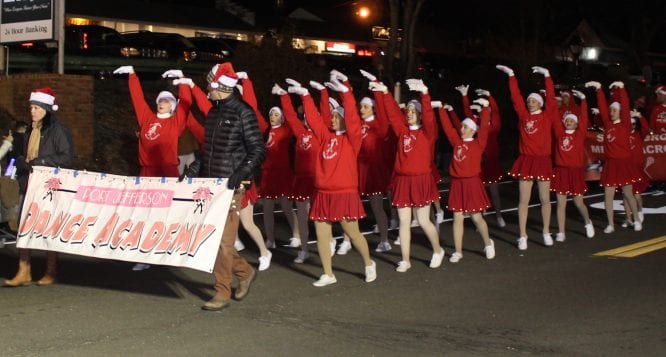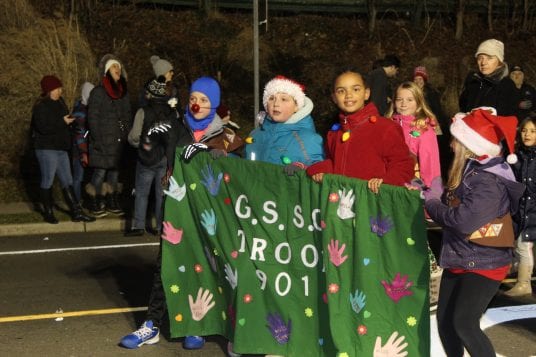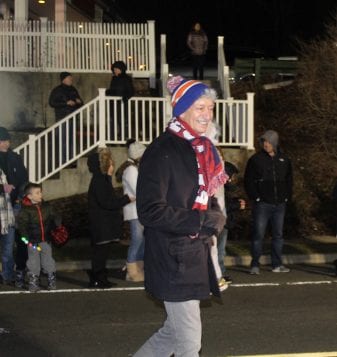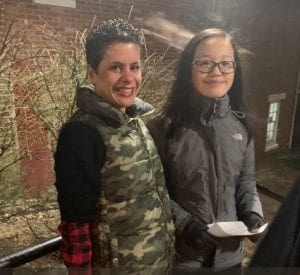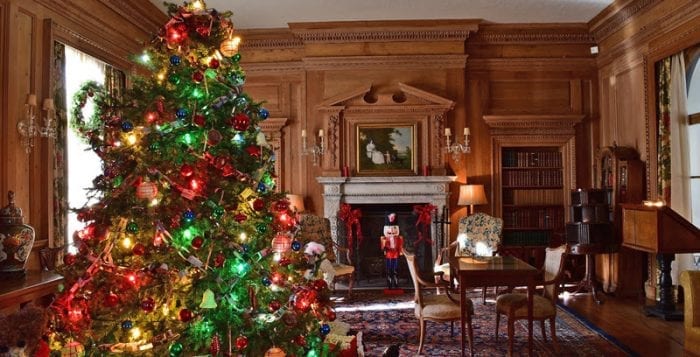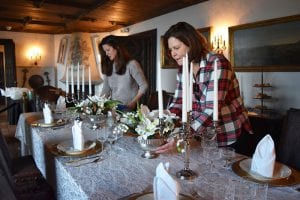1 of 24
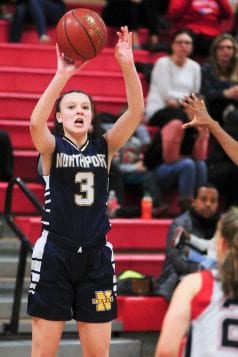
Northport's Sophia Yearwood lets a three pointer fly in a on the road against Newfield Dec. 13. Photo by Bill Landon

Northport’s Sophia Bica with the jumper in a League III contest against Newfield Dec. 13. Bill Landon photo
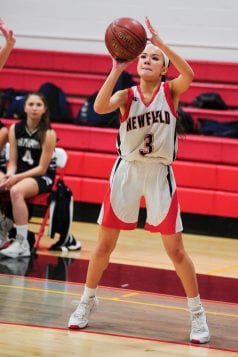
Savannah Bond shoots for three in a league III matchup against Northport Dec. 13. Photo by Bill Landon
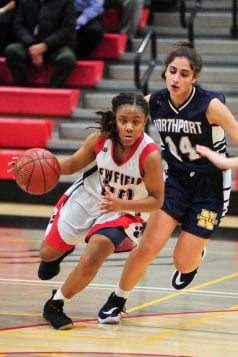
Newfield’s Raiyah Reid drives the lane in a home game against Northport Dec. 13. Photo by Bill Landon

Newfield’s Raiyah Reid shoots for three in a home game against Northport Dec. 13. Photo by Bill Landon
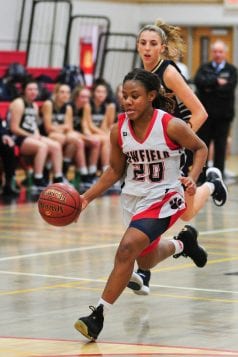
Raiyah Reid drives the lane for Newfield in a home game against Northport Dec. 13. Photo by Bill Landon
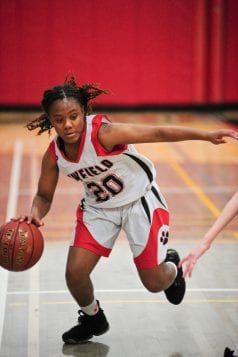
Raiyah Reid drives the lane for Newfield in a home game against Northport Dec. 13. Photo by Bill Landon
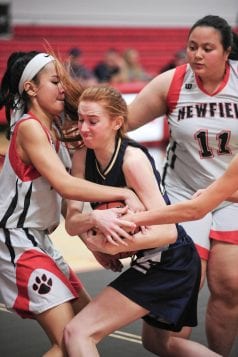
Northport’s Kerry Dennin gets mugged in the paint in a road game against Newfield. Bill Landon photo

Kerry Dennin goes up for the score for the Tigers in a road game against Newfield. Bill Landon photo

Newfield freshman Isabelle LeBron drives the baseline in a league III matchup against Northport Dec. 13. Photo by Bill Landon
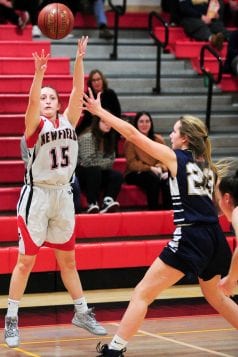
Haylie Budd lets a three pointer fly in a league III matchup against Northport Dec. 13. Photo by Bill Landon
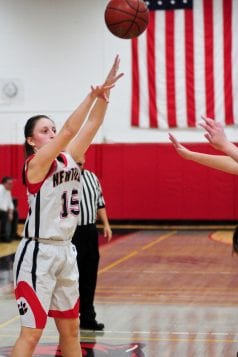
Newfield senior Haylie Budd shoots in a league III matchup against Northport Dec. 13. Photo by Bill Landon
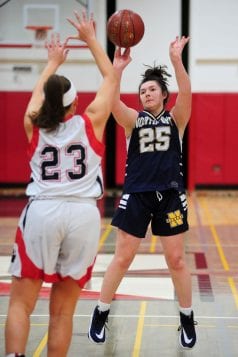
Tess Maline shoots from the top of the key for Northport in a League III contest Dec. 13. Bill Landon photo
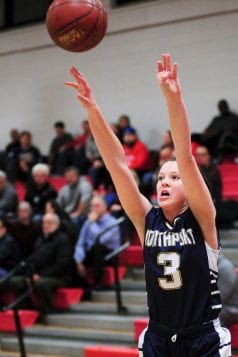
Northport's Sophia Yearwood lets a three pointer fly in a on the road against Newfield Dec. 13. Photo by Bill Landon
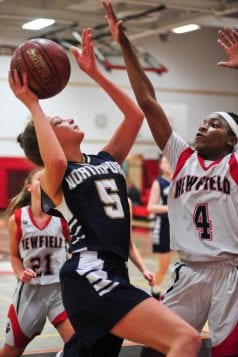
Northport’s Sophia Bica battles in the paint with Newfield’s Chinelle Nelson in a League III contest Dec. 13. Bill Landon photo
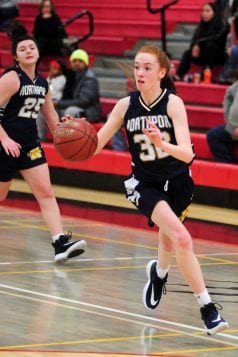
Northport’s Kelly McLaughlin brings the ball up court for the Tigers in a League III contest against Newfield Dec. 13. Bill Landon photo

Newfield’s Chinelle Nelson battles her way to the rim against two Northport defenders in a League III contest Dec. 13. Bill Landon photo
On the road, Northport was too much for Newfield as the Tigers powered their way to a 69-33 League III victory over the Wolverines Dec. 13.
Northport’s Sophia Yearwood stood atop the scoring charts draining five treys, two field goals and a free throw for a team high 20 points. Kerry Dennin netted 13 points and Danielle Pavinelli banked 10.
Raiyah Reid led the way for the Wolverines with six field goals, a triple and two free throws for 17 points. Teammates Megan Spina and Madison Roman tacked on 6 points apiece.
The win lifts Northport to 3-0 and deals the Wolverines their first loss of the season dropping them to 4-1.


